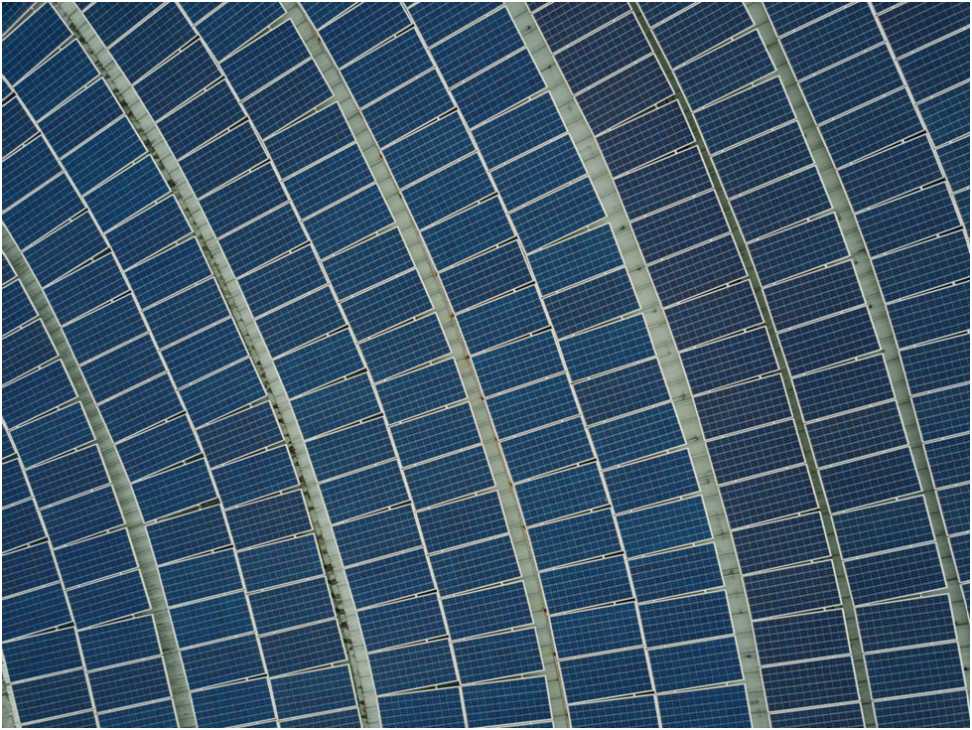The decision to harness the power of the sun and install a solar panel system is a bright one. But navigating the installation process can seem daunting. Fear not, future solar-powered homeowner.
This comprehensive checklist equips you with everything you need to ensure a smooth and successful solar energy panel system installation.
Pre-Installation: Laying the Foundation
1. Assess Your Roof
Your roof is the canvas for your solar panels. Ensure it’s structurally sound and has sufficient southward exposure to maximize energy production. Consider factors like age, material, and any shading obstacles from trees or chimneys.
2. Understand Your Energy Needs
Analyze your current electricity usage to determine the optimal size for your solar panel system. This will ensure it generates enough electricity to meet your household’s needs. Consulting a solar installer can help you accurately assess your energy consumption and recommend the appropriate system size.
3. Research and Compare Solar Installers
Don’t settle for the first installer you come across. Get quotes from multiple reputable companies. Research their experience, certifications, warranties offered, and customer reviews.
4. Financing Options
Solar panel systems require an initial investment, but there are ways to make it more manageable. Explore financing options like solar loans, leases, or Power Purchase Agreements. Government incentives like tax credits and rebates can also significantly reduce the upfront cost.
5. Permits and Approvals
Installing a solar panel system typically requires permits from your local government. Your chosen solar installer can guide you through the permitting process and ensure all necessary approvals are obtained before installation begins.
Installation Day
1. Pre-Installation Inspection
On installation day, a thorough inspection of your roof will be conducted to confirm its suitability and identify any potential issues.
2. Safety First
Solar panel installation involves working at heights. Ensure the installers prioritize safety by wearing proper personal protective equipment and following established safety protocols.
3. Clear Communication
Maintain open communication with the installation crew. Ask questions, clarify any doubts, and don’t hesitate to voice any concerns you might have throughout the process.
Post-Installation
1. System Familiarization
Your solar installer should provide a comprehensive overview of your solar panel system. This includes understanding the components, monitoring system (if applicable), and basic maintenance procedures.
2. Warranties and Guarantees
Review and understand the warranties offered on your solar panels, inverter, and other system components. Ensure you have all the necessary documentation for future reference.
3. System Monitoring
Many solar panel systems come with monitoring tools that allow you to track your energy production, identify any potential issues, and maximize your system’s performance.
Final Words
If you desire complete energy independence, particularly in areas prone to power outages, consider adding battery backup to your solar panel system. This allows you to store excess solar energy generated during the day and utilize it at night or during grid outages. While adding battery storage increases the initial cost, it offers greater energy security and self-reliance.
By following this comprehensive checklist, you can approach your solar panel system installation with confidence. Do your research, ask questions, and actively participate in the process to ensure a smooth transition to clean, solar-powered living.
Have A Look :-
- How To Delete Xbox Account?
- 10 Best Gaming Laptops for All Types of Gamers
- What Is Sandbox VR? How Much Is Sandbox VR?


